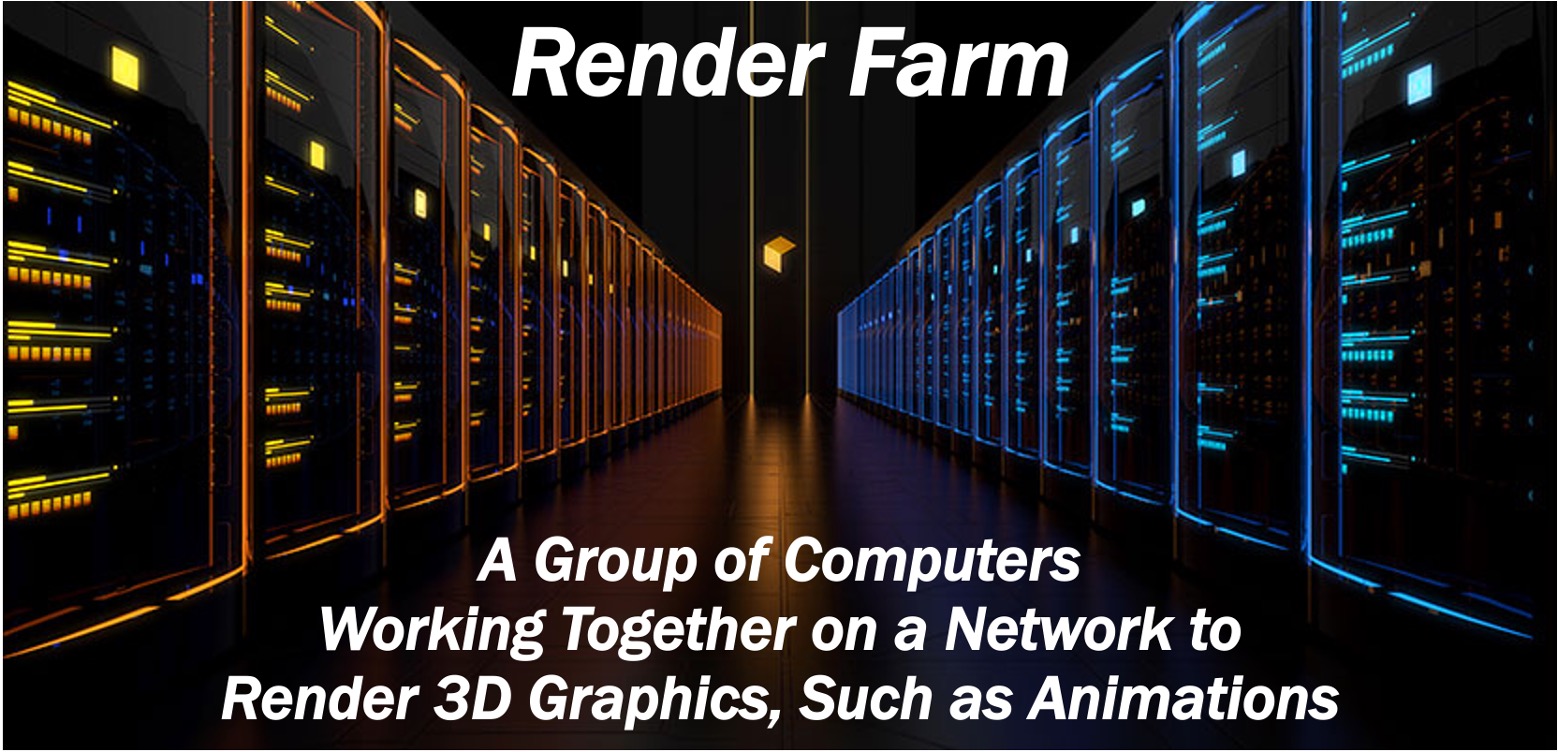Do you work in the entertainment industry, where you are required to create CGI images for the best visual effects? Or are you a student or run a studio working with 3d projects daily, under strict guidelines?
What you require is a render farm that provides the desired results in a short time. It enables you to complete your 3d designing projects faster without compromising on quality. But what is this service all about, and how does it work? Read on to find out.

What is a render farm?
It refers to a group of computers working together on a network to render 3D graphics, for example, animations. Render farms can calculate vast amounts of data and improve efficiency by dividing the process into smaller chunks. It allows the rendering process to run around the clock without negatively impacting office workstations.
The most important feature is scalability which means that more machines can easily be added to a render farm as required without shutting it down or interfering with work in progress. Scalability is critical when tight deadlines are involved.
How does the process work?
Render farms are used for animations, 3d design, visual effects, CGI, and other design projects. A render farm refers to a group of computers working together as one unit over a network.
Rendering involves using software to create animation sequences step by step on your computer’s CPU (central processing unit). Once the software makes these animations, they are processed before you can view them on-screen or export them for use with other graphics programs such as Adobe Photoshop or After Effects.
Why do people use them?
Render farms are used for rendering because of their ability to calculate significant amounts of data and to improve efficiency by dividing up the process into smaller chunks. The process allows the rendering process to run around the clock without negatively impacting office workstations.
They can also be a backup system should any machine fail or become too slow to work at total capacity.
What are some of their features?
The most important feature is scalability which means that more machines can easily be added to a render farm as required without shutting it down or interfering with work in progress. Scalability is essential when tight deadlines are involved, as they can be scaled up and down depending on demand.
How to successfully use this service?
You must ensure that your animation software can generate command-line renders. It enables you to submit your animation projects directly from your design package to the render farm, where tasks are distributed across all available machines in the network.
How to choose software?
You ought to choose software that easily integrates into your workflow and supports online cloud rendering, enabling you to complete your render jobs in a short time.
It should offer various 3d software and plug-ins for GPU rendering and have a dedicated control center to track your render projects. The cloud rendering service should also support the major kinds of 3d software and use powerful hardware for the best results.
A render farm is a great way to speed up your animation projects. You should consider getting one because they can help you meet those deadlines without sacrificing quality or spending hours waiting for something that should take minutes.
Interesting Related Article: “How 3D modeling can help with product design“

